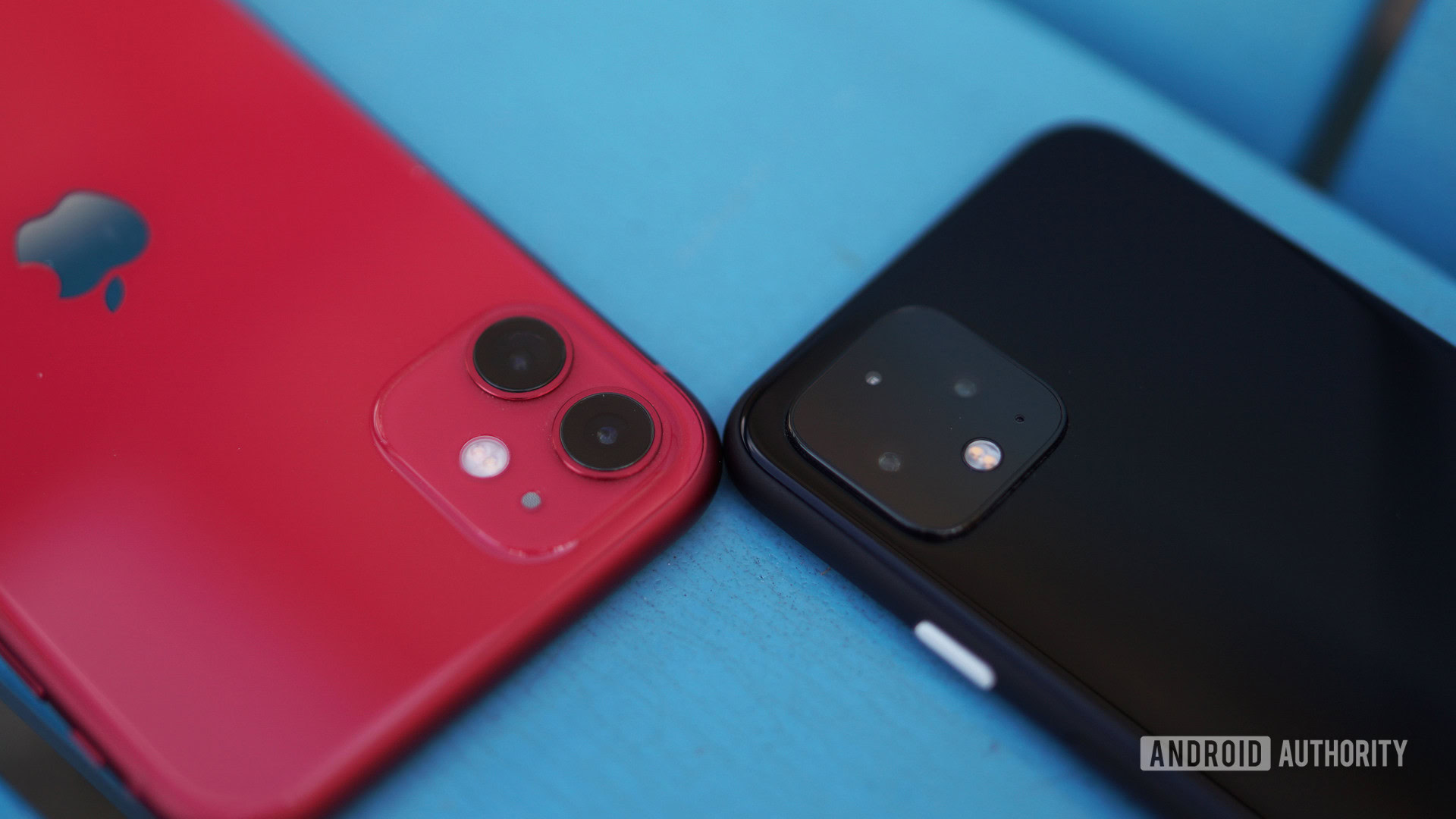Affiliate links on Android Authority may earn us a commission. Learn more.
Google and Apple announce exposure notification API (Update: Now public)

Update, May 20, 2020 (01:00 PM ET): Today, Google and Apple announced that they are starting to release the COVID-19 exposure notification API publicly. Several states in the US, as well as 22 countries on five continents, have already agreed to use the API in their own apps.
Recently, the two companies issued a “rule book” of sorts for using the API. It remains to be seen which locations will accept the two companies’ terms and which ones will go it alone. The most notable limitation of the exposure notification API is that it does not use location services (GPS). Public health authorities could choose to use their own systems to get around this limitation.
Regardless, we should start to see apps based on Apple’s and Google’s API soon.
Original article, April 29, 2020 (01:39 PM ET): Google and Apple announced their joint initiative to crack down on the spread of COVID-19 earlier this month. The companies referred to the initiative as contact tracing, but today, company representatives informed Android Authority that it will now be known as exposure notification to more accurately describe the technology.
Presumably, this will help consumers gain a better understanding of the technology, taking the emphasis off of the “tracing” aspect and highlighting its “notification” intentions.
Among other things, Apple and Google representatives also claim the companies have developed stronger methods of protecting user privacy.
Exposure notification will feature an updated API to randomly generate tracing keys, Bluetooth metadata now features updated end-to-end encryption, and the recorded exposure time is limited to five-minute intervals maxing out at 30-minute increments. Together, these changes promise user anonymity while maintaining the technology’s effectiveness.
The development preview of the API went out on April 29. The full version is expected to launch in May at some point.
The companies also want to make it easier for public health authorities to build apps around this technology by giving them more control over how their apps implement the anonymized data. Google and Apple hope these changes will increase app performance and efficiency by minimizing device overhead.
For people who still have further questions, the companies have released a consumer exposure notification FAQ file. You can download that PDF at the link below. If you want to learn more about how the technology works, you can read our article explaining the details here.